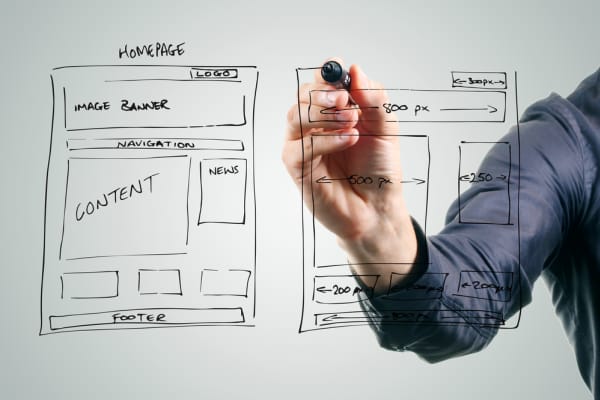We recently worked with a leading health insurance company to reimagine the experience it delivers to customers across a myriad of touchpoints. We conducted face-to-face home visits to gain a first-hand understanding of the challenges that members faced when interacting with their insurer. We observed how they used various websites, not only the insurer’s website but also the larger ecosystem, which included pharmacies, healthcare providers, medical information sites, such as WebMD, and even Facebook.
Contrary to the insurer’s perception, the member experience was the entirety of all these healthcare interactions.
For example, one member who was looking to treat a specific condition first went to WebMD to find treatment options. They then used Google to search for specialists and treatment centers in the area. After finding several doctor names, the individual flipped between Healthgrades for reviews and the insurer’s portal to see which ones were in network (approved physicians) and then picked up the phone to check several specialists’ availability. After meeting with the specialists, she had to go to the pharmacy website and billing portal, and then check her bank’s website. Clearly frustrated with the entire process, she exclaimed, “I can go to an airline website and book my flight, cars, hotels and even restaurant reservations – why can’t they just put everything in one place?”
Using that rich insight, we created and tested new experience concepts with the members, such as finding a primary care physician based on the member’s lifestyle. Spending time with the health plan members surfaced many examples of distrust, uncertainty and confusion. We targeted ways to improve the experience by making coverage, cost and billing information clear and consistent for members across all their physical and digital touchpoints.






